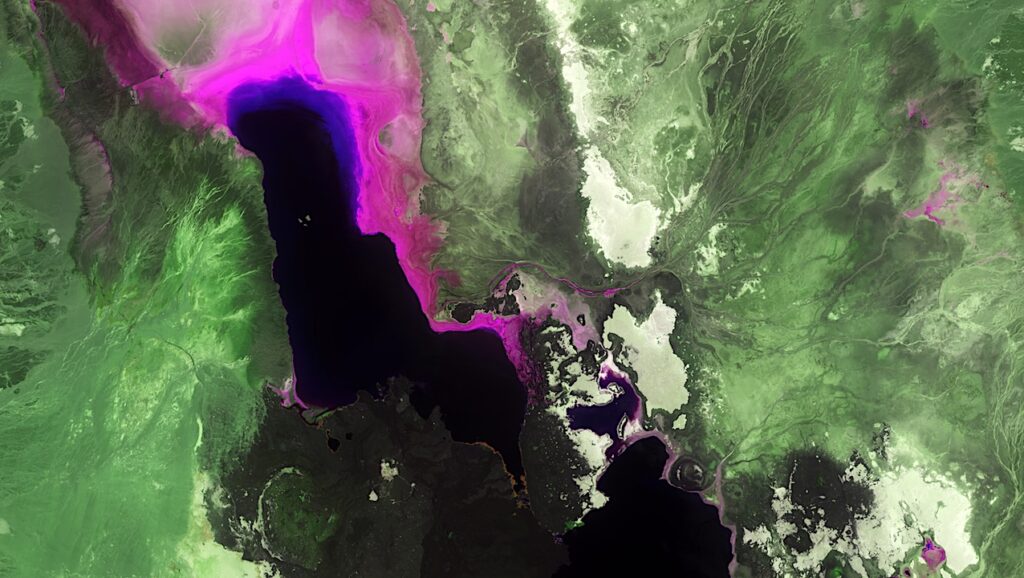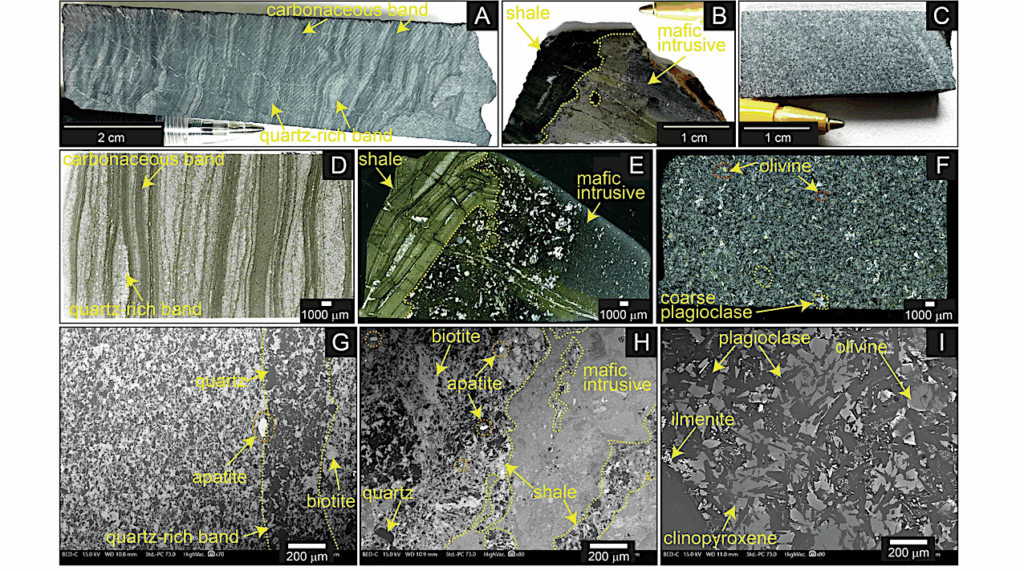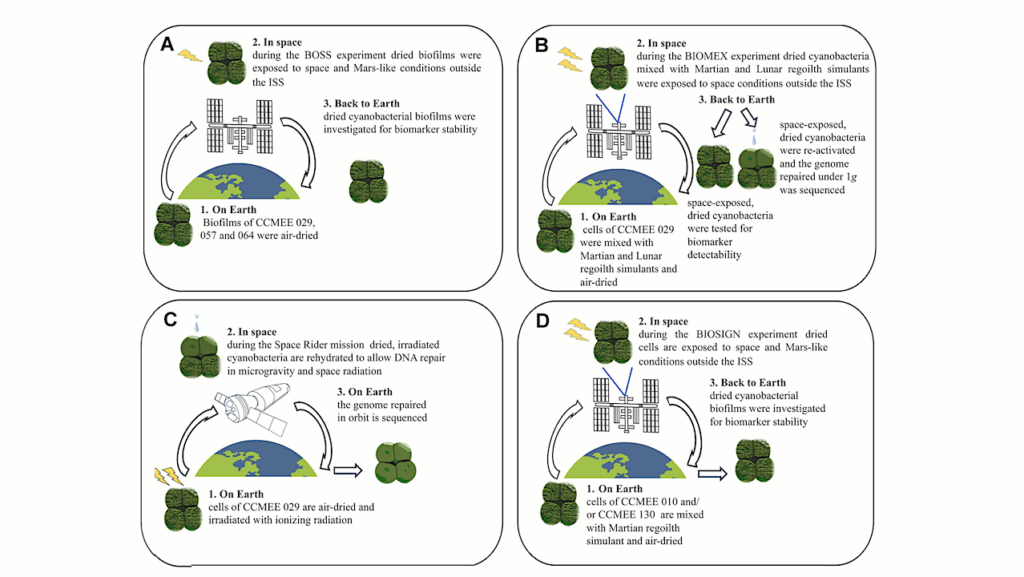DNA Reveals That Unique Microorganisms Evolved At Earth’s Poles
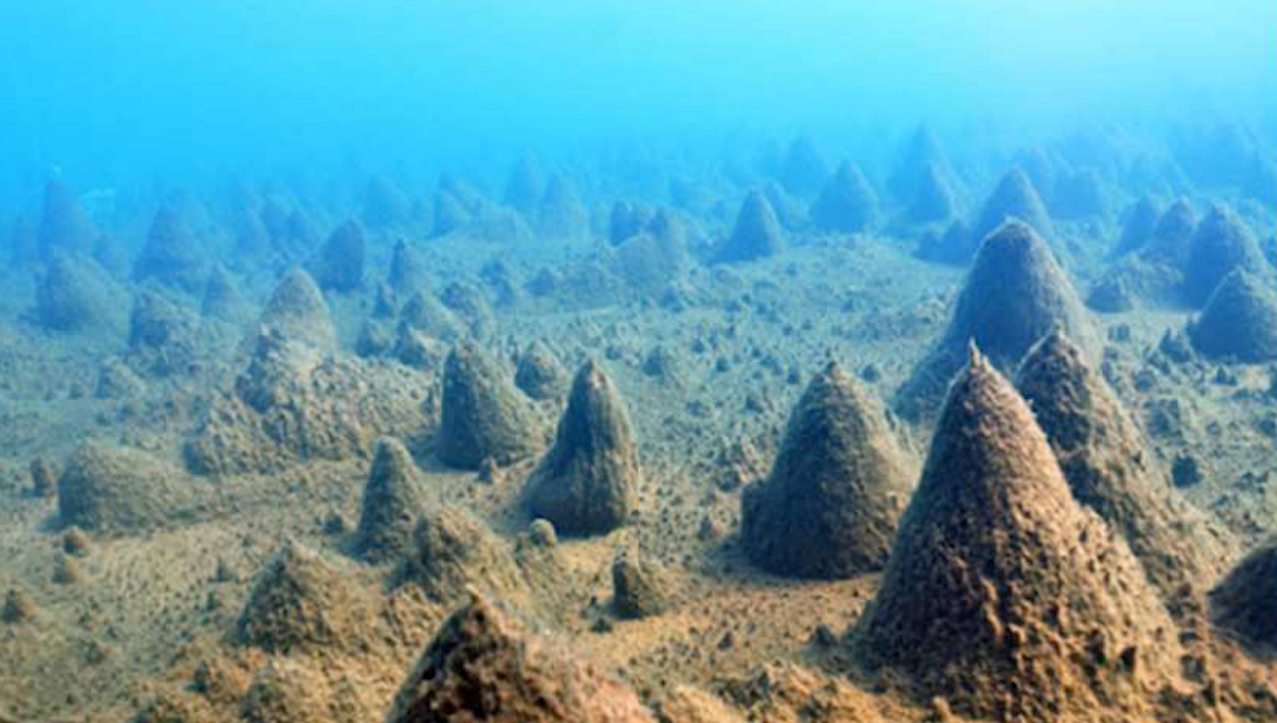
Communities of microorganisms at the bottom of polar lakes evolved independently from other regions, influenced by the particular geological, biological and climate history of their regions. The unique character of the microbial communities underscores the urgent need for the inclusion of these lifeforms in management plans for the polar regions.
An international research team of scientists led by biologists from Ghent University, Belgium, with Professor Dominic Hodgson at British Antarctic Survey have sampled and sequenced the biodiversity and evolutionary history of microorganisms in over 200 Arctic, sub-Antarctic, and Antarctic lakes.
The new study shows striking differences in the composition of the microbial communities between the polar regions, with lakes at the North and South Poles being dominated by different groups. Their work is the first large-scale DNA study of these unique microbiomes, and was published in the journal Science Advances.
The polar regions are characterised by extreme living conditions such as very low temperatures and low availability of water and nutrients. Lakes in these harsh environments are oases of biodiversity and productivity, where life is dominated by microscopic organisms.
It has been assumed that microorganisms, because of their astronomical numbers and small cell size, have moved unhindered across the Earth and colonized all suitable habitats. This hypothesis has now been tested by using DNA to compare the composition of communities in more than 200 Arctic, sub-Antarctic and Antarctic lakes to determine whether they have the same evolutionary history.

Typical lake in Svalbard, High Arctic. (Photo: J Elster).
Professor Dominic Hodgson leads the Ice Sheets and Climate Change team at the British Antarctic Survey and is a co-author of the study. He says:
“This research is the culmination of many years of sampling hard-to-reach microscopic communities and the application of the latest advances in DNA. It is game-changing to see evidence that microbial life at the poles was shaped by climatic and biological factors specific to individual regions and not, as previously thought, part of the same global evolutionary trajectory.”
Antarctica has gradually been covered by an ice sheet since the Late Eocene (34 Myr ago), which has led to the extinction of most groups of plants and animals, and is also highly isolated in the Southern Hemisphere, which has prevented these groups from recolonizing the continent. Arctic landmasses, on the other hand, are geographically highly connected and were only covered by ice sheets during glacial maxima since 3.2 Myr ago.
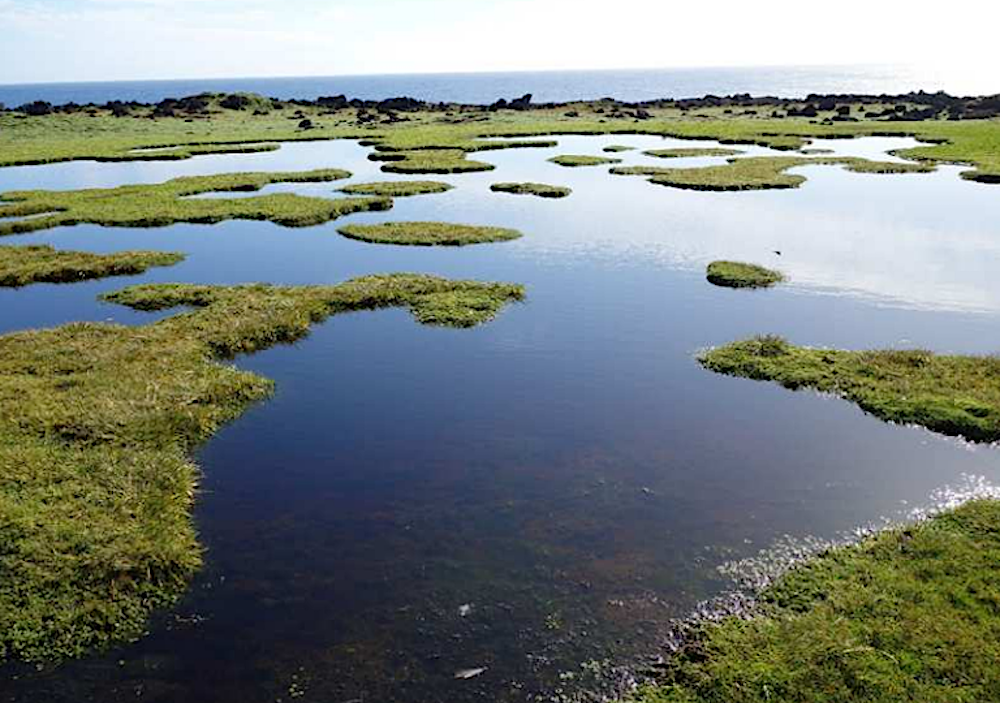
Low latitude wet tundra in sub-Antarctic Marion Island (photo: Dominic Hodgson).
In animals and plants, this has led to strong differences in the evolutionary history of species and their geographical distribution at both poles. Yet micro-organisms were thought to move freely across the Earth.
The new study finds different groups of microorganisms in lakes at the North and South Poles. Heterotrophic bacteria — microorganisms that feed on organic carbon — and grazing-resistant algae appear to be relatively more abundant in the Arctic, while cyanobacteria — microorganisms that gain energy from photosynthesis — and green algae are more dominant in Antarctic lakes. Species diversity is also lower in Antarctica.
The analyses showed that the formation of ice caps during historical glacial periods caused several groups of microbial organisms to disappear from Antarctica. The team was able to demonstrate that the groups that did survive could evolve in isolation. In this way, a common ancestor species gave rise to several subspecies and varieties with a distribution restricted to Antarctica.
Even at deep evolutionary levels, it appears that many genetic lineages are long-standing and unique to Antarctica. This shows that movement between the poles over long timescales is rather limited, and that the Southern Ocean also forms a major barrier for microorganisms.
The unique character of the microbial communities in these polar lakes is a strong argument for better protecting these habitats against human influence through, among other things, increasing tourist exploitation of Antarctica.
The paper, Polar lake microbiomes have distinct evolutionary histories (open access), was published in Science Advances.
Astrobiology


